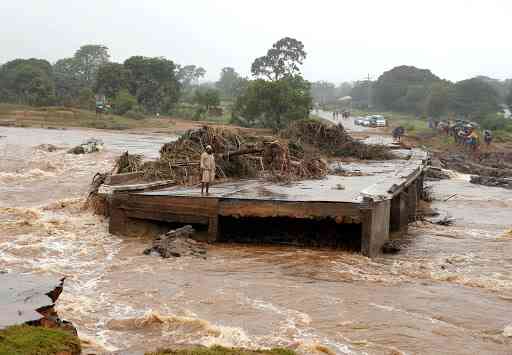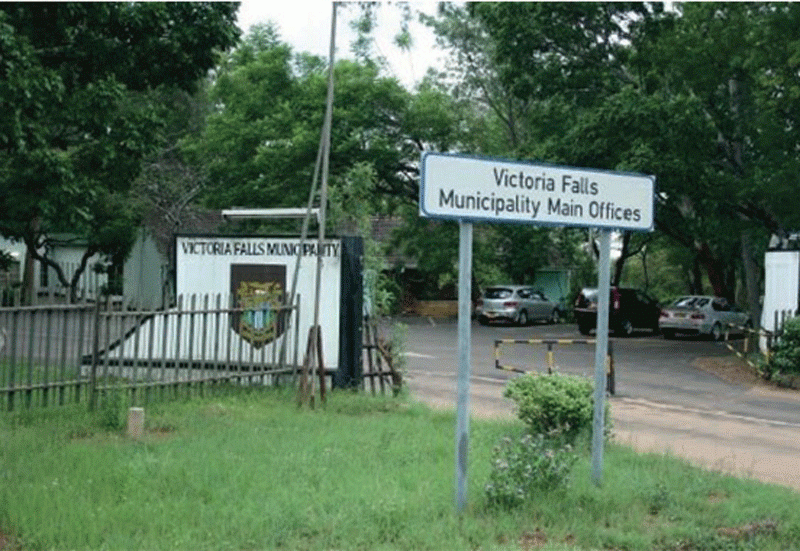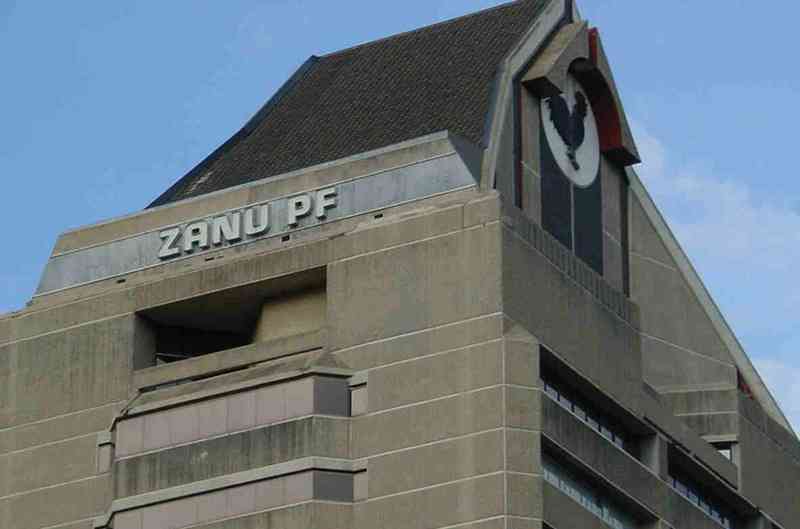
LOCAL Government and Public Works deputy minister Albert Mavhunga has emphasised the critical importance of a comprehensive disaster risk management plan, particularly for safeguarding vital infrastructure like the New Parliament Building in Mt Hampden.
Speaking during a working session on the disaster risk management plan at Parliament Building, Mavhunga highlighted the central role of the Cabinet Committee on Environment, Disaster Prevention and Management (CCEDPM) in co-ordinating disaster risk reduction efforts.
He pointed out Zimbabwe's vulnerability to a wide array of hazards, emphasising the need for a thorough and continuous assessment in the planning process.
“This initiative represents a significant milestone in our commitment to safeguarding our infrastructure as well as public and environmental health and safety in Zimbabwe.
“It is for this reason that the co-ordination structure for disaster reduction is underpinned by the Cabinet Committee on Environment, Disaster Prevention and Management.
“CCEDPM is tasked with the responsibility for optimal readiness and management of emergencies and disasters and to ensure integration of disaster risk reduction into development.”
He said Zimbabwe was prone to a plethora of hazards, namely floods, landslides, fires, tropical storms, earthquakes, epidemics, including hazards of an anthropogenic nature.
“With climate change, the scale and frequencies of natural hazards, events are rising, with the ever-increasing need to prepare for, respond to, and recover from disasters, as well as prevent and anticipate hazards.
- Govt calls for a comprehensive disaster plan
Keep Reading
“Effective planning must be built around comprehensive, ongoing assessment of physical, social and environmental characteristics, including the activities that are carried out at this Parliament building, size and geographic location of the Parliament building, the number and types of buildings and facilities, among others,” Mavhunga said.
He said planning must take into account a wide range of possible threats and hazards that might impact the Parliament building and its environs.
“Importantly, it does not alter the existing mandates of these agencies. Rather, it enhances our collaborative efforts by assigning specific responsibilities for co-ordination.
“It is, therefore, critical to note that each agency has a crucial role to play, whether acting under its statutory authority or responding to requests for assistance from others.
“In the spirit of leaving no one behind, the planning process should provide for the access and functional needs of everyone, including those with disabilities and others with access and functional needs, those from religiously, racially and ethnically diverse backgrounds.”










